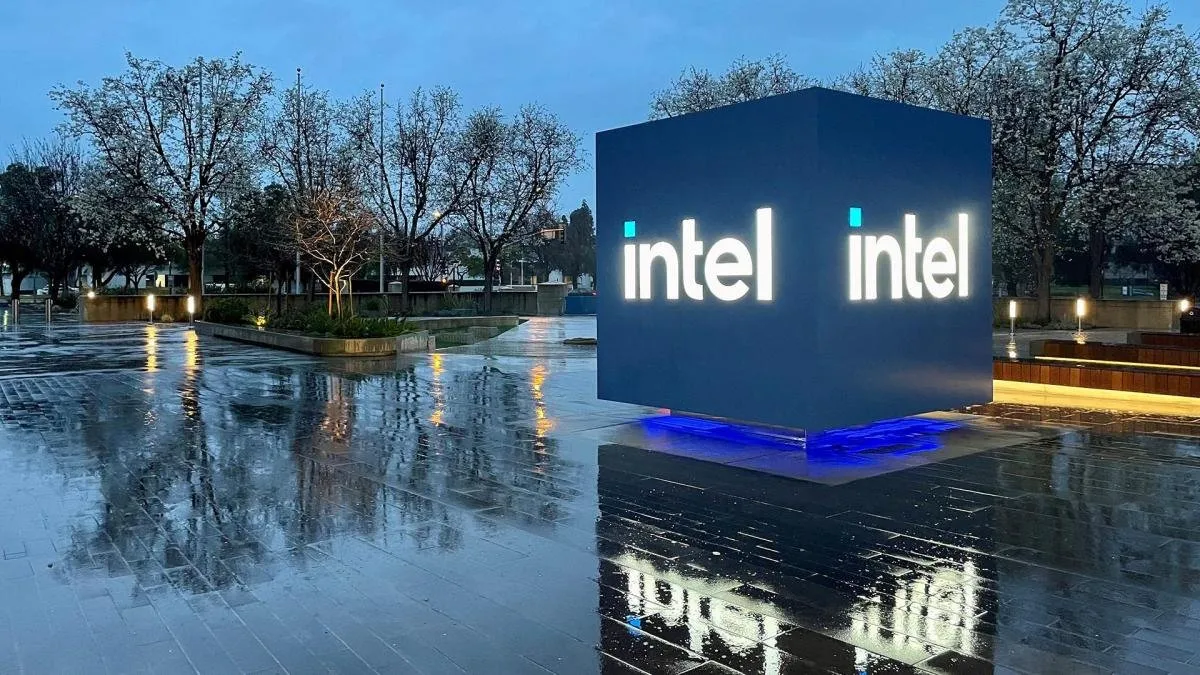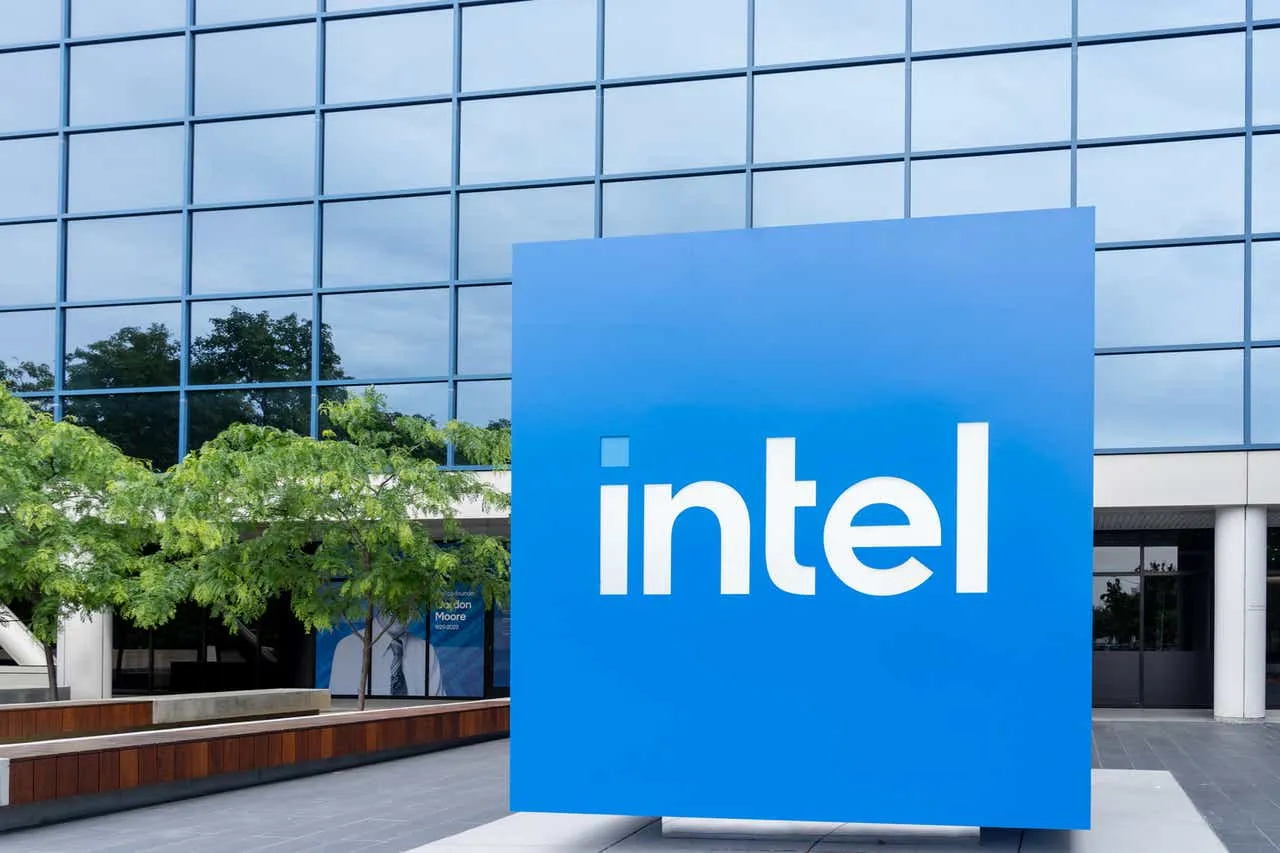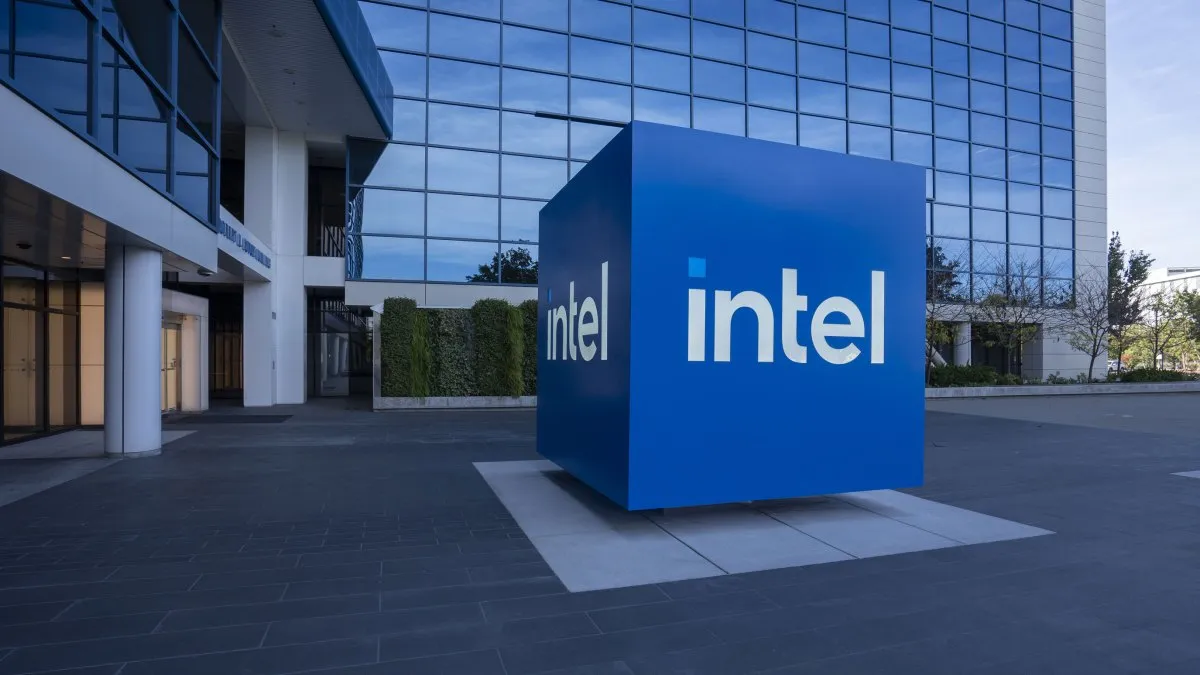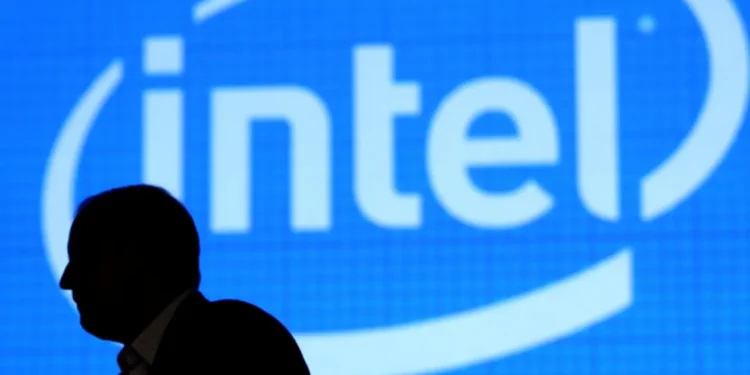Amid the bustling landscape of the tech industry, Intel Corporation has emerged with a robust update during its recent earnings call. The semiconductor titan has successfully secured $2.2 billion in federal grants, marking a significant milestone in the company’s expansion efforts within the U.S. semiconductor sector. This financial boost was facilitated through the U.S. Department of Commerce’s U.S. CHIPS and Science Act, underlining a pivotal move in bolstering domestic chip production.
Dave Zinsner, Intel’s co-interim CEO, Executive Vice President, and CFO, highlighted the strategic reception of these funds. According to Zinsner, Intel received an initial tranche of $1.1 billion at the close of 2024, followed by an equivalent amount in January 2025. This funding allocation is contingent upon achieving specific milestones, setting the stage for Intel’s progressive manufacturing and technological enhancements.

The Bigger Picture: Intel’s Vision for U.S. Semiconductor Leadership
Intel’s engagement with federal grants is part of a broader plan to rejuvenate and advance U.S. semiconductor manufacturing capabilities. The company was earmarked for a total of $7.86 billion in grants last November, aimed at supporting semiconductor fabrication and advanced packaging technologies. These efforts are expected to be rolled out across Intel’s facilities in key states including Arizona, New Mexico, Ohio, and Oregon.
The funding is part of a broader initiative established by the U.S. CHIPS and Science Act, which was signed into law by former President Joe Biden in 2022. The act, designed to reclaim and solidify the U.S. stance as a global leader in semiconductor technology, earmarked $52 billion in subsidies specifically for enhancing domestic production capacities.

Navigating New Political Waters
The transition to a new administration under President Donald Trump introduces elements of uncertainty concerning federal support for the tech industry. The CHIPS Act, while robust, has recently faced hurdles such as potential federal funding freezes, which could impact the operational capabilities of the Commerce Department employees tasked with implementing the act. However, reports suggest that these concerns are being actively managed, with judicial interventions maintaining the momentum of funding distributions.
Zinsner remains optimistic about Intel’s ongoing conversations with the Trump administration. His confidence in the administration’s commitment to revitalizing U.S. semiconductor manufacturing has been well-received, suggesting a collaborative effort to sustain and enhance the nation’s technological and manufacturing prowess.
“We look forward to continued engagement with the Trump administration as we advance this work and support their efforts to strengthen U.S. technology and manufacturing leadership,”

Intel’s proactive acquisition of federal grants not only underscores its strategic financial management but also its dedication to enhancing U.S. technological infrastructure. As the company continues to navigate the evolving political and economic landscapes, its ability to leverage significant federal support plays a critical role in shaping the future of U.S. semiconductor manufacturing, promising a new era of innovation and industry leadership.










